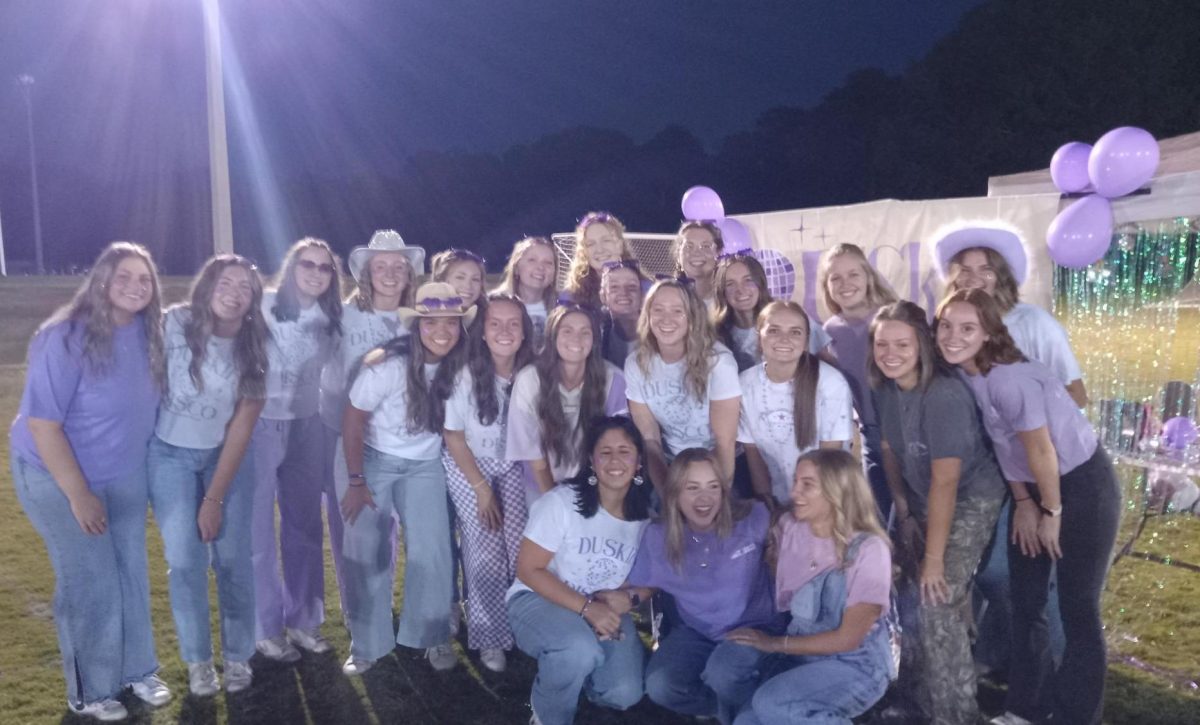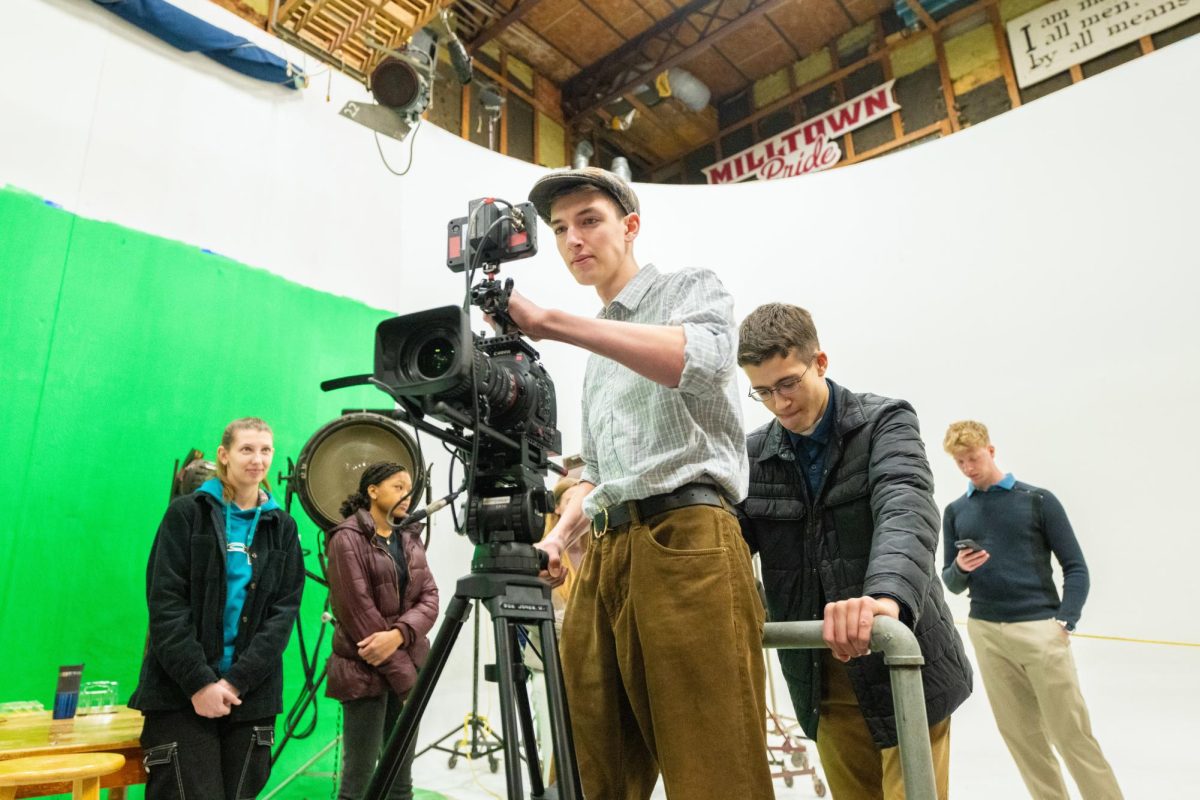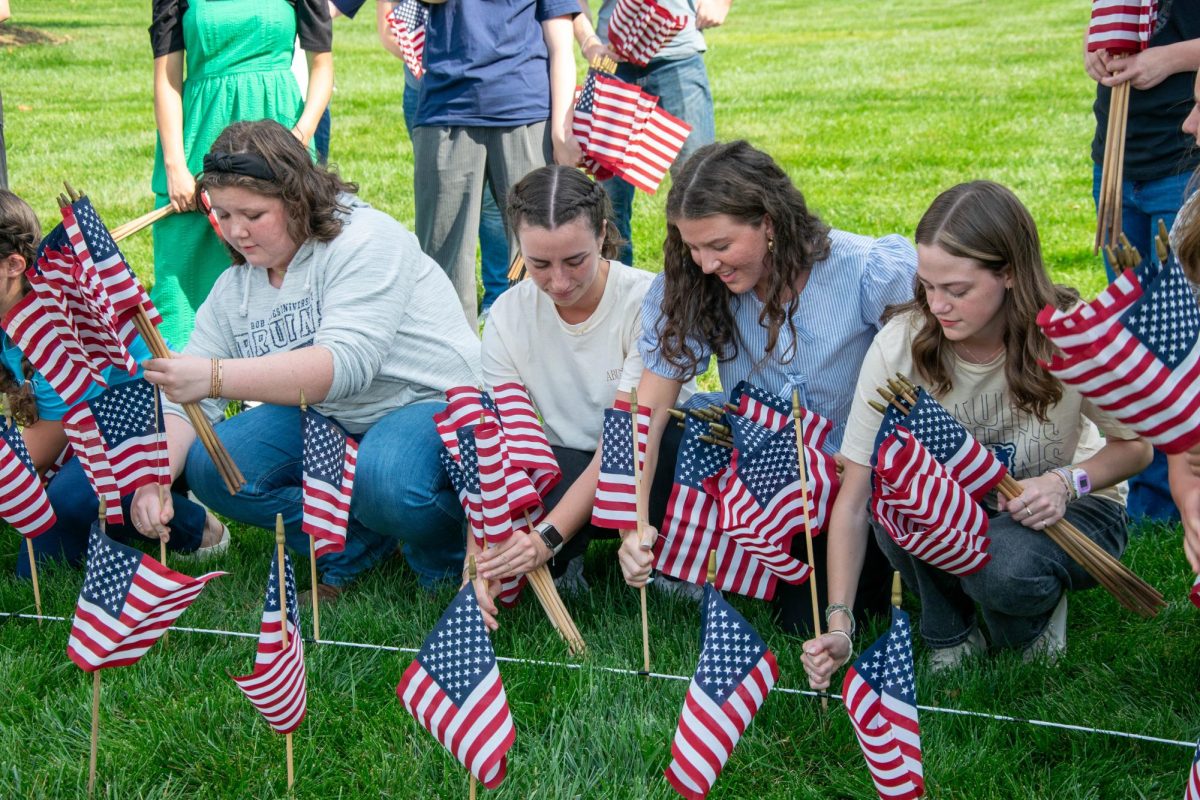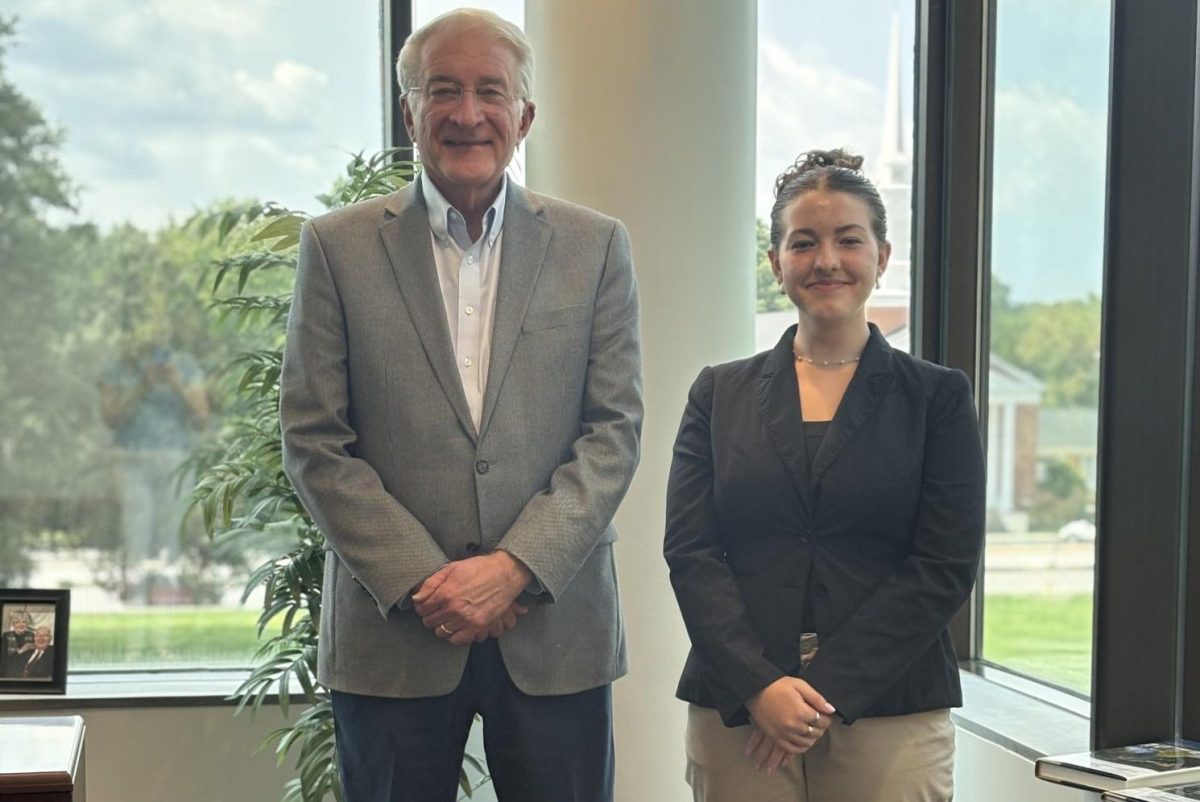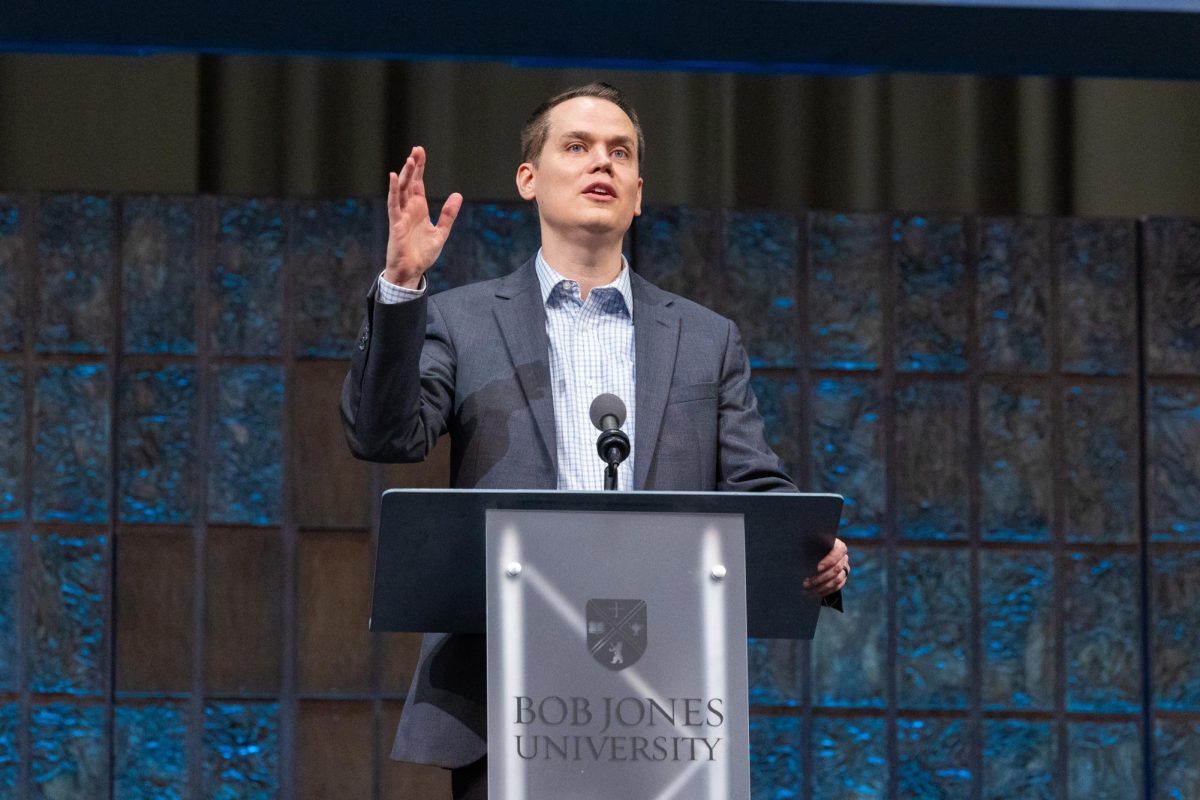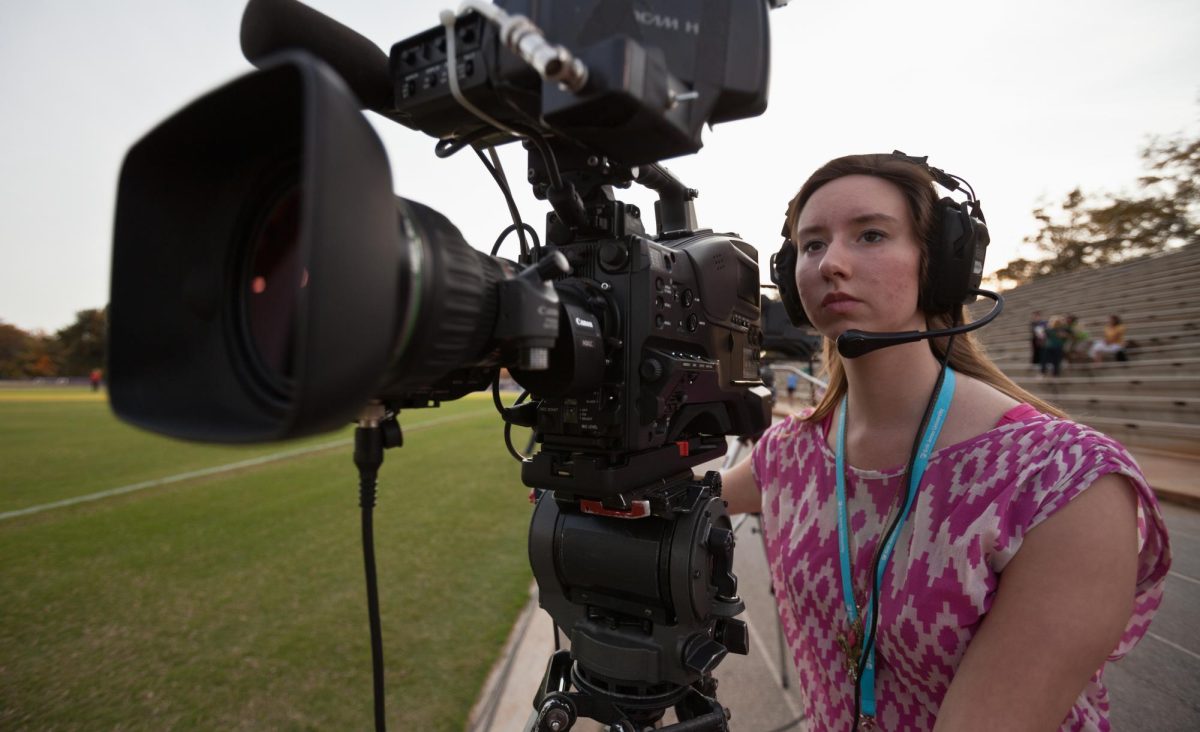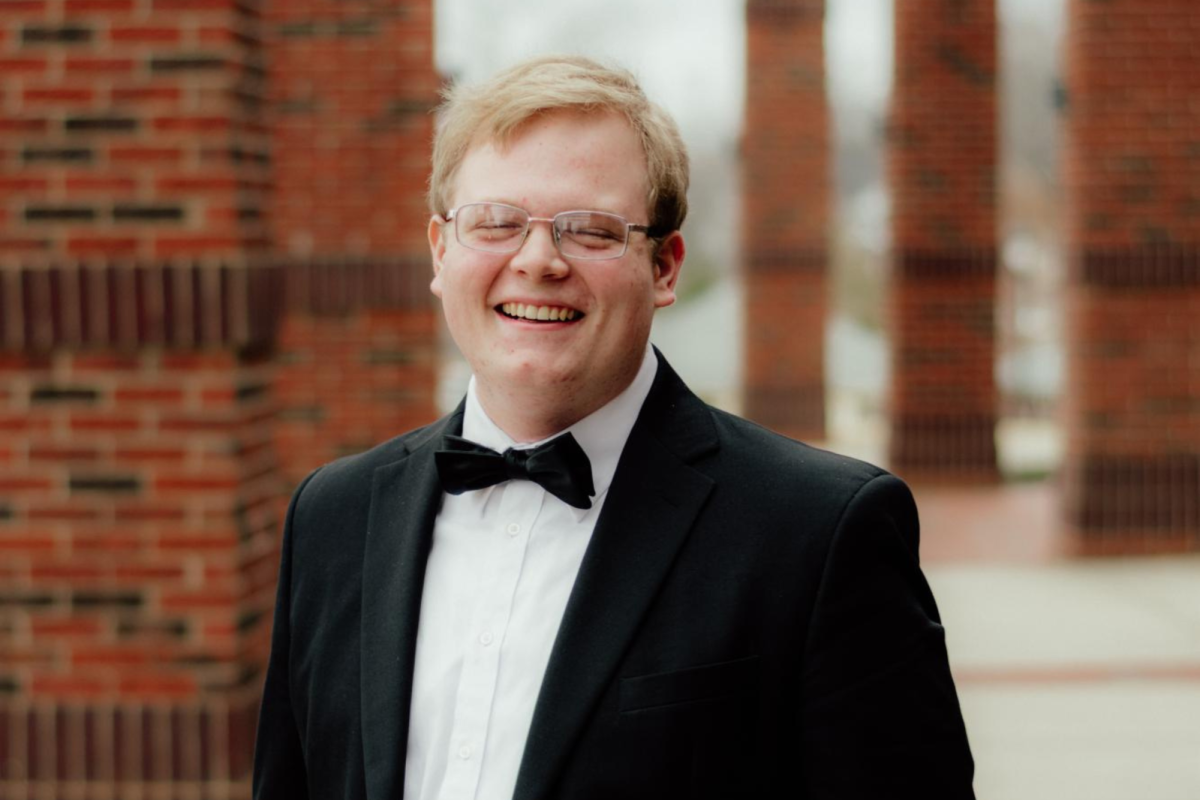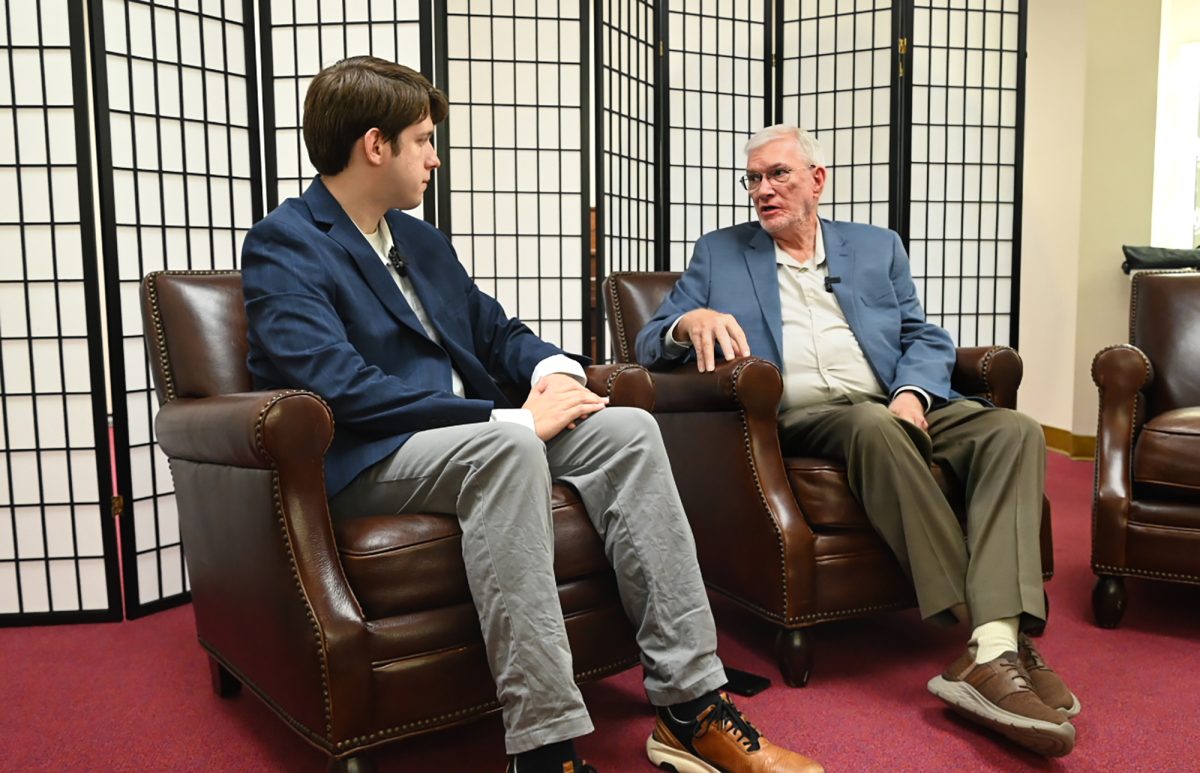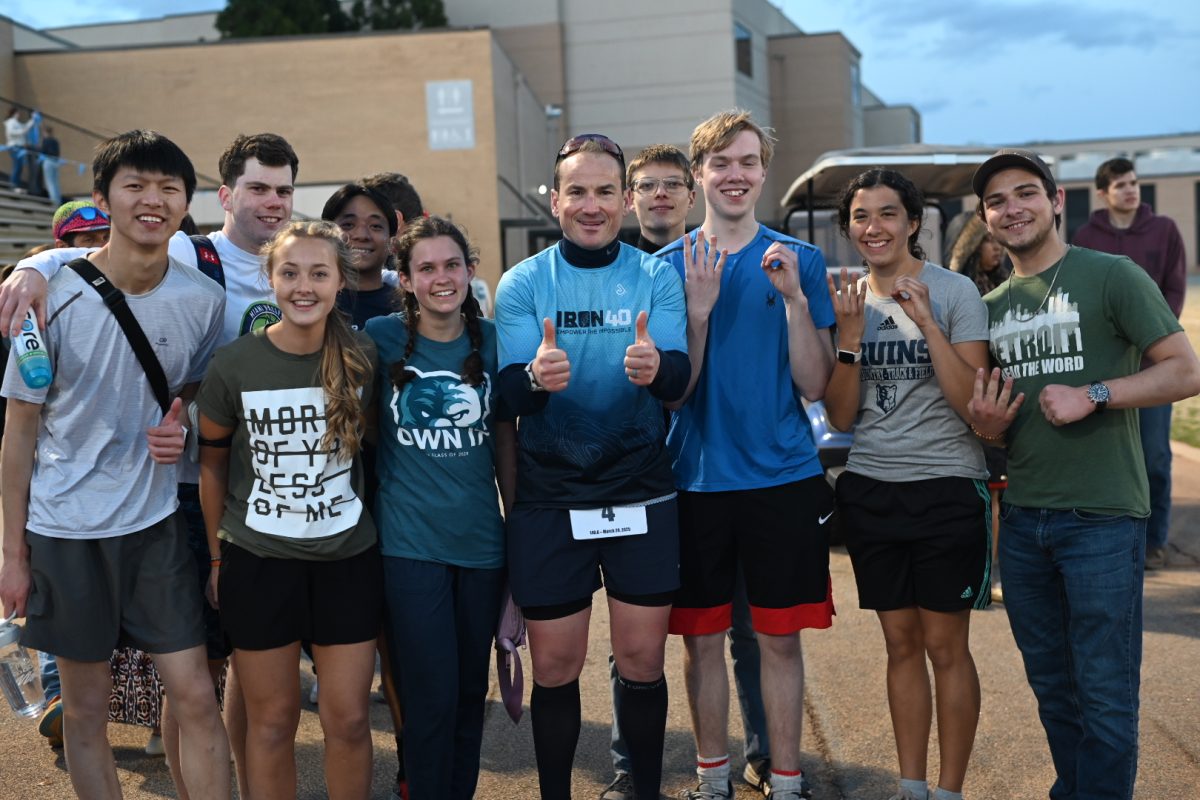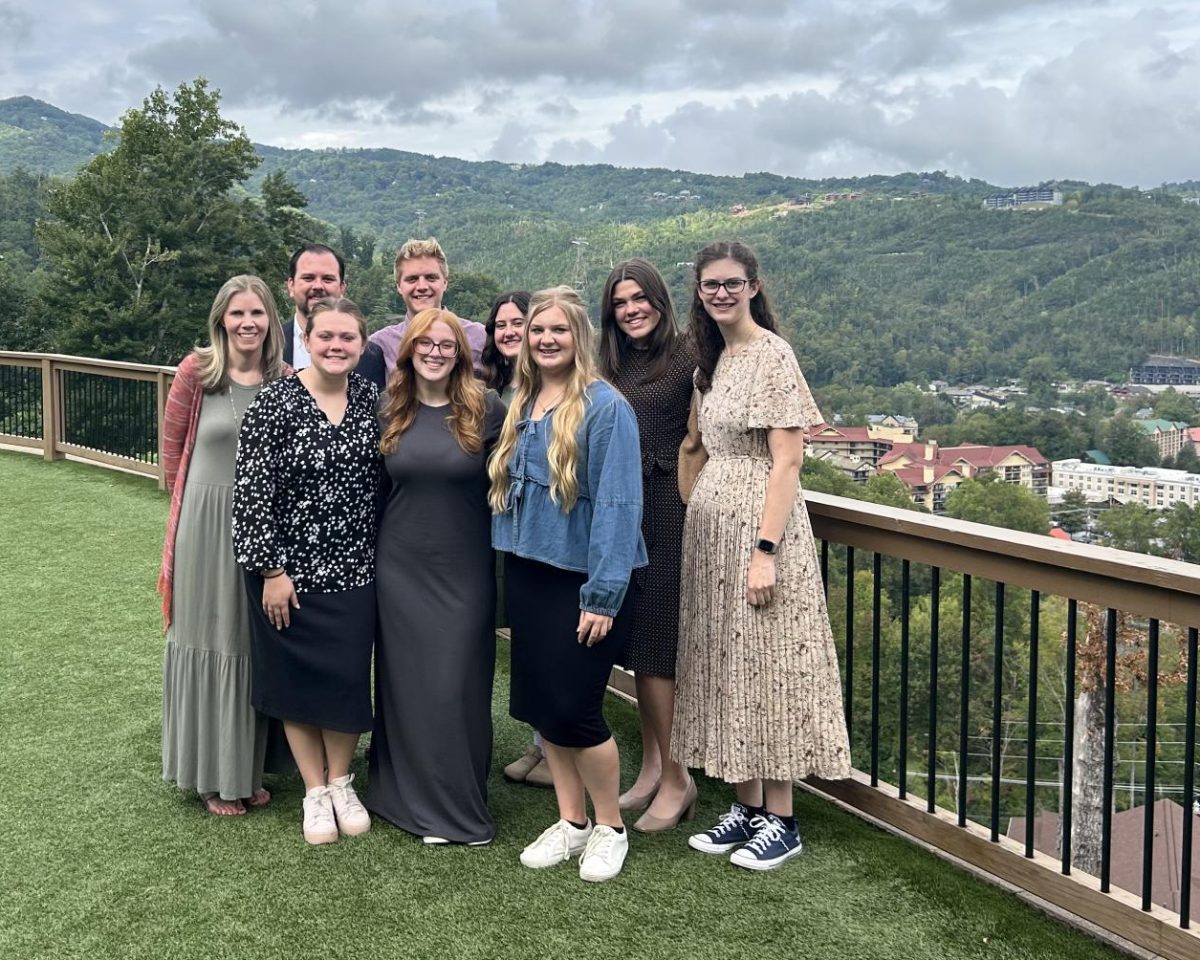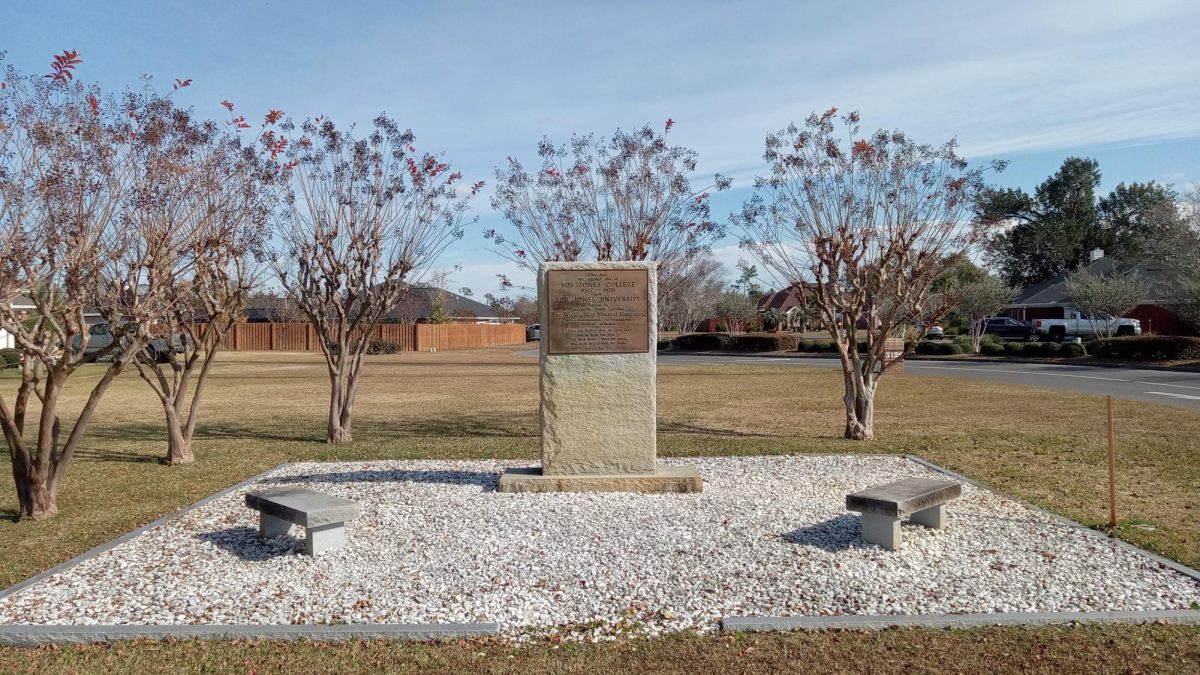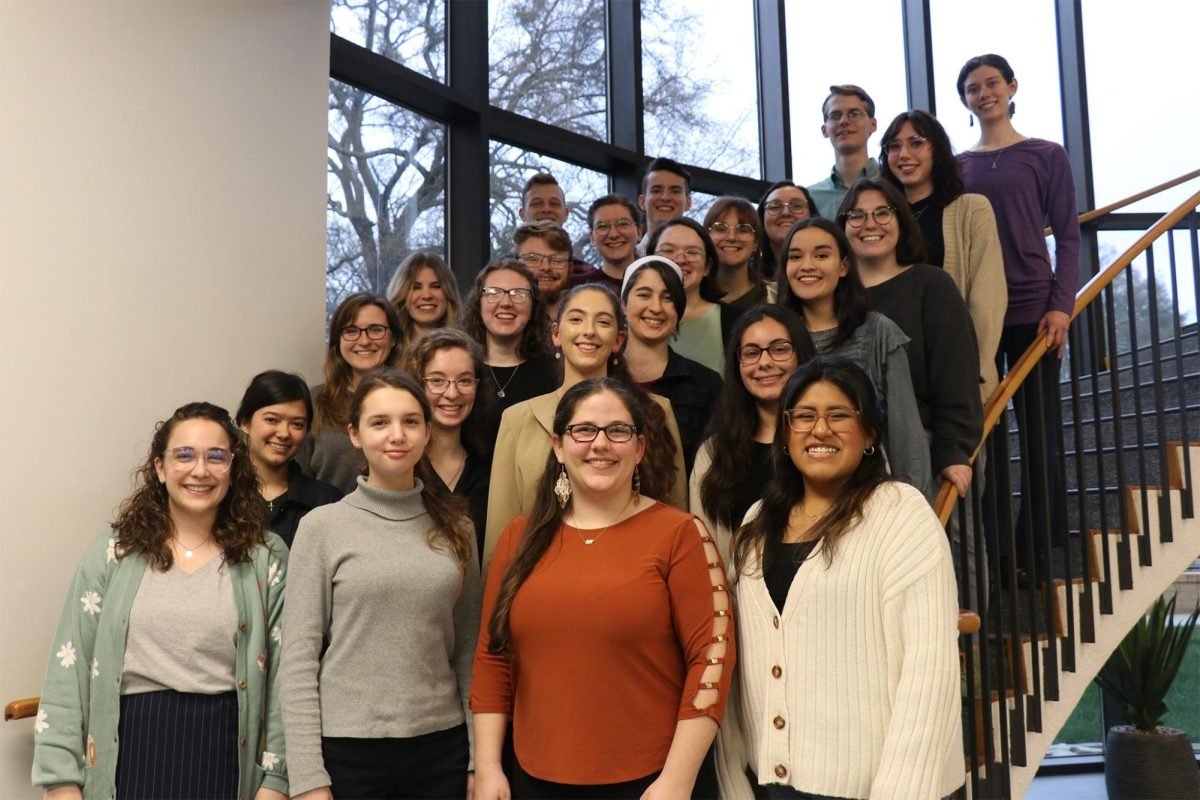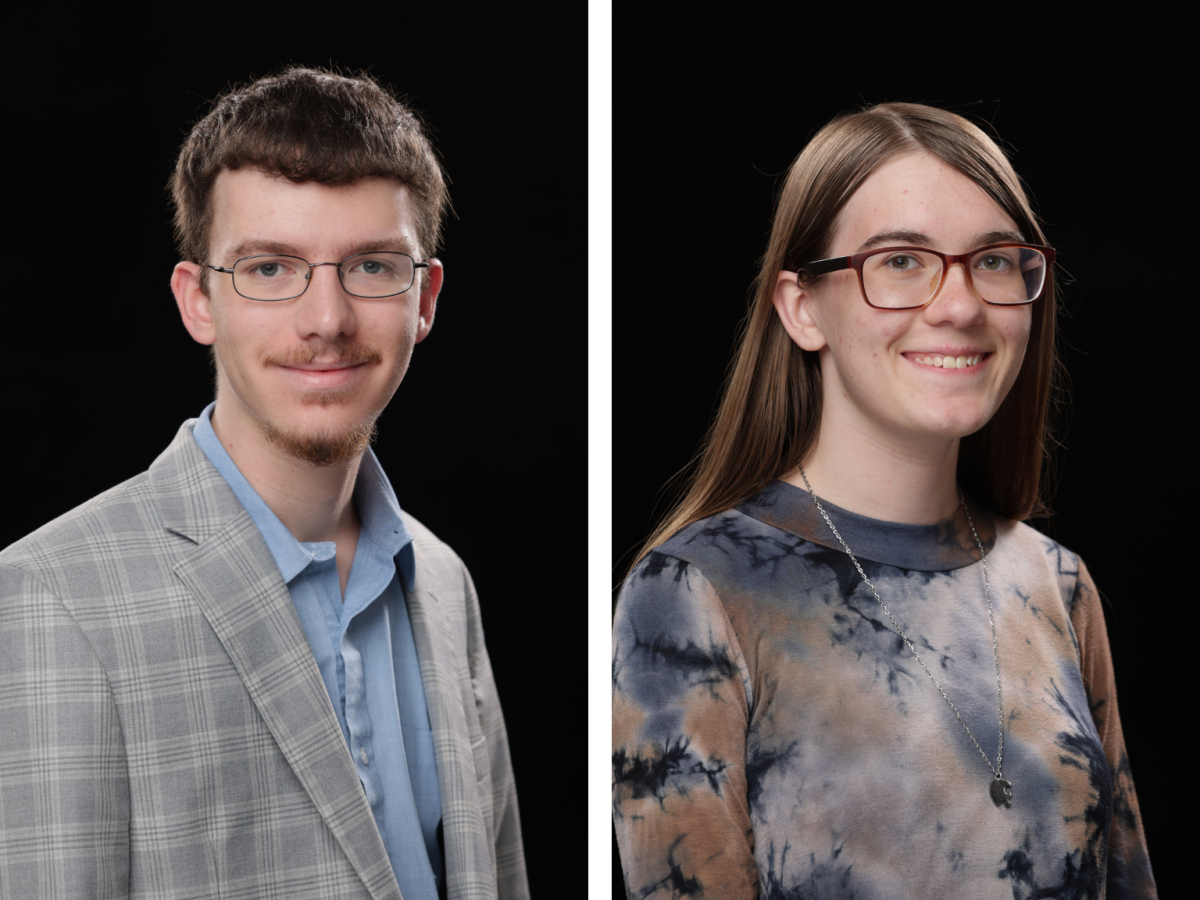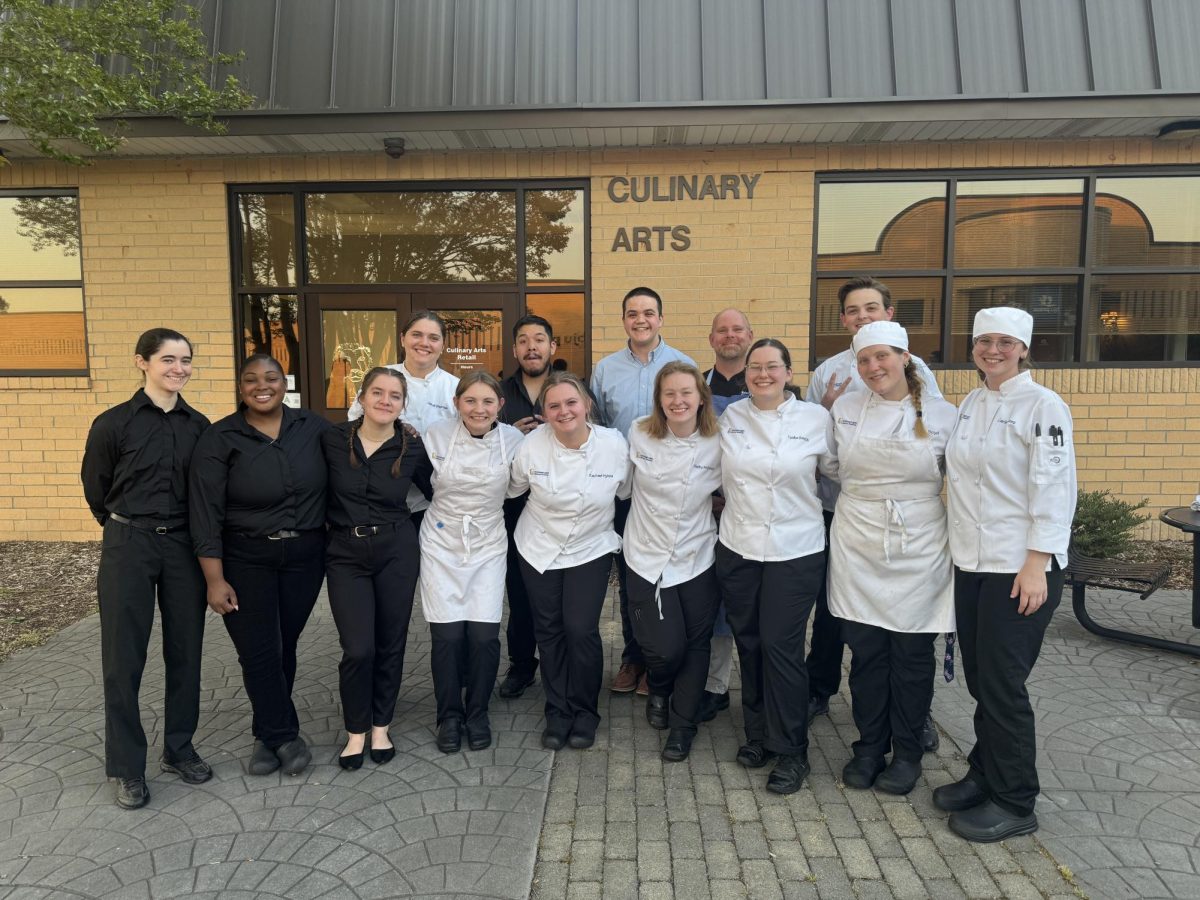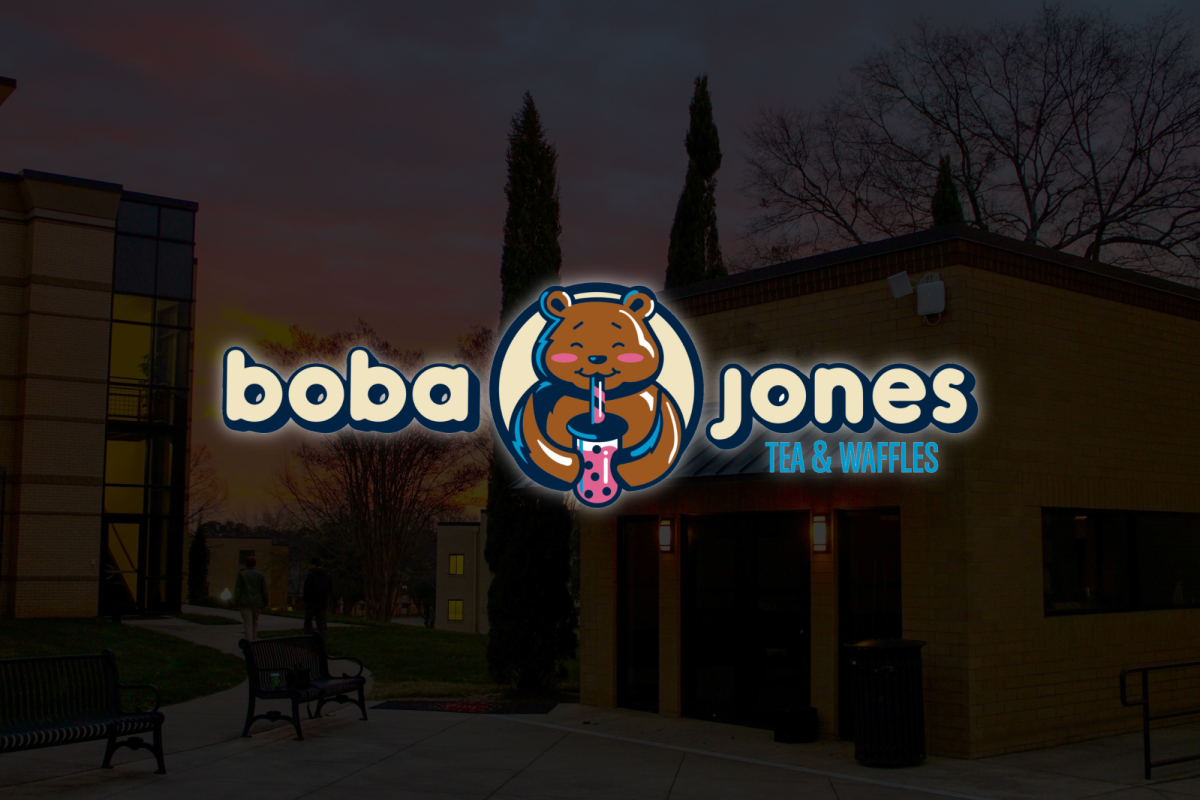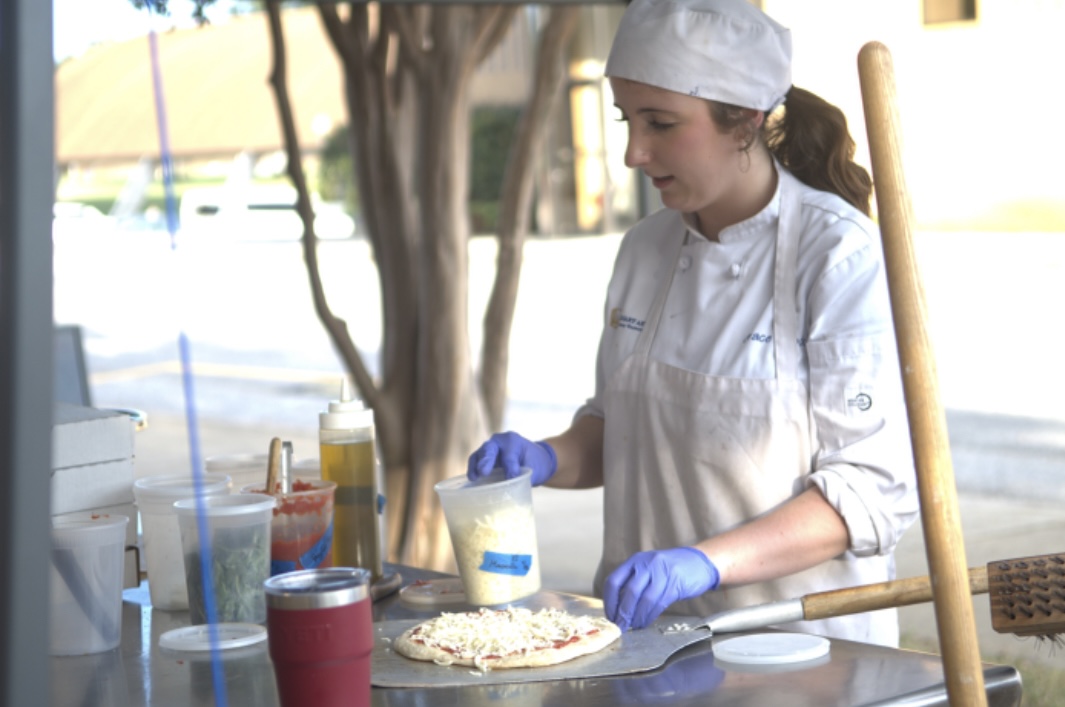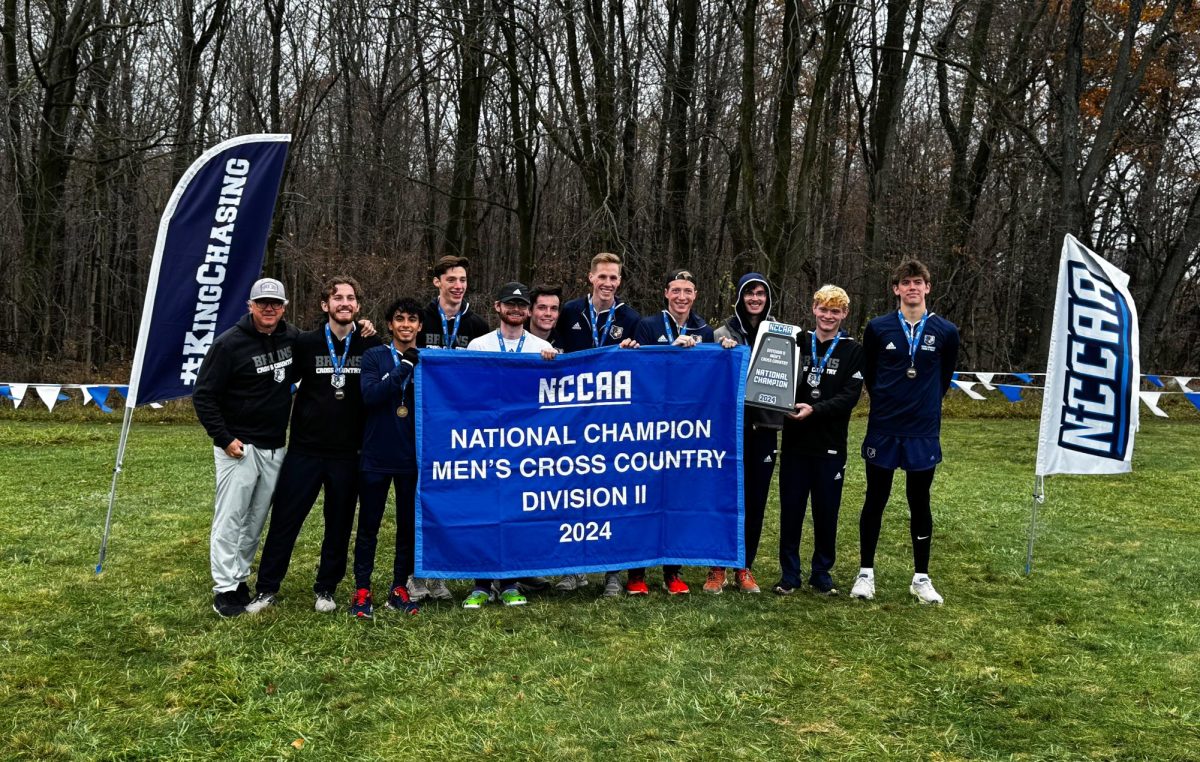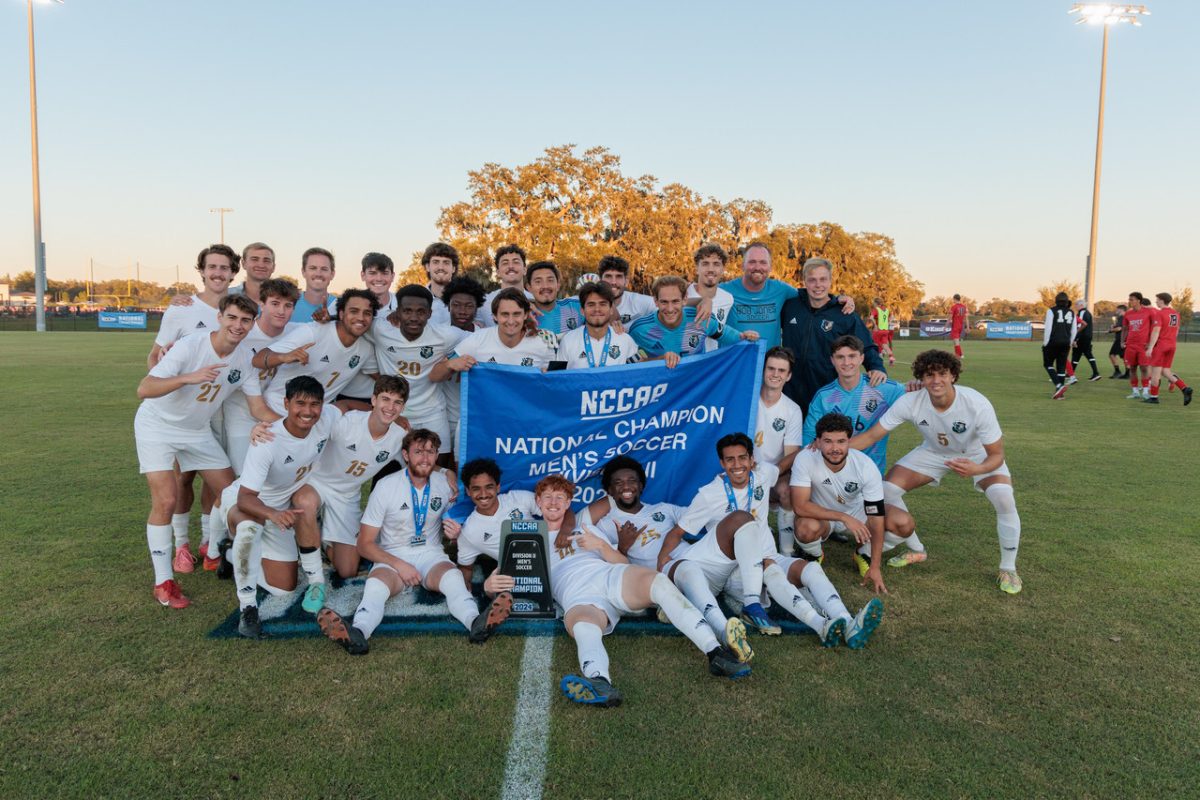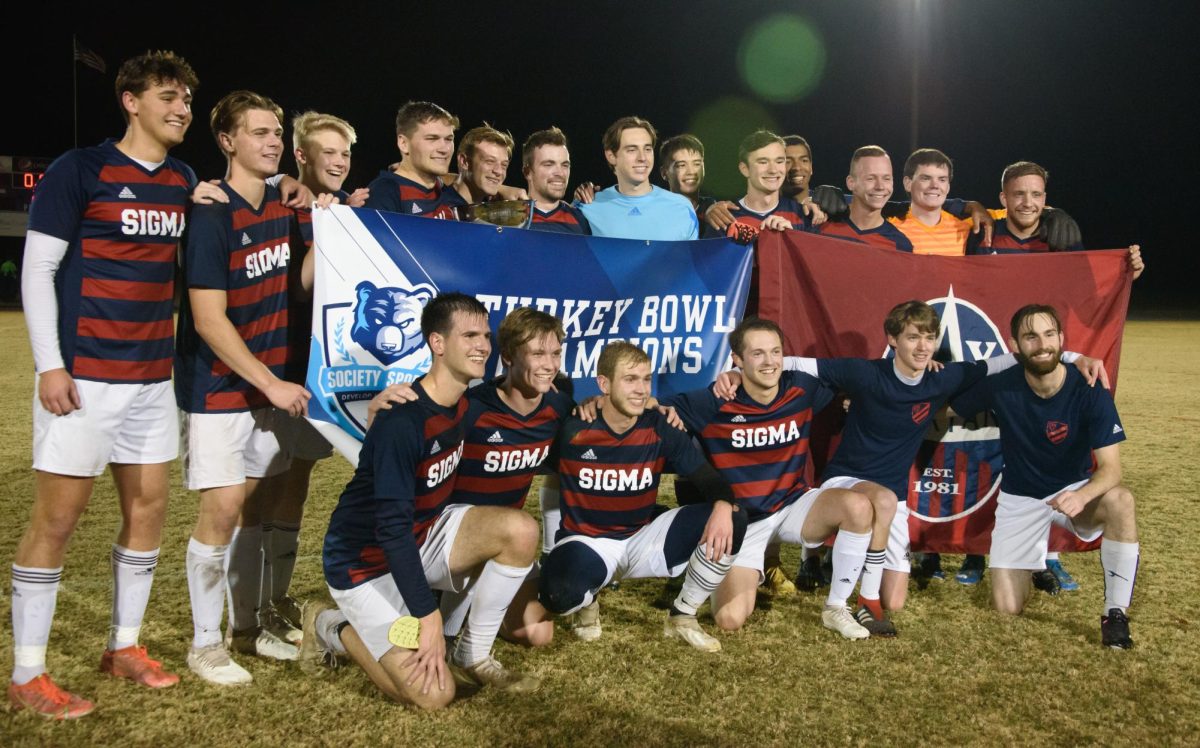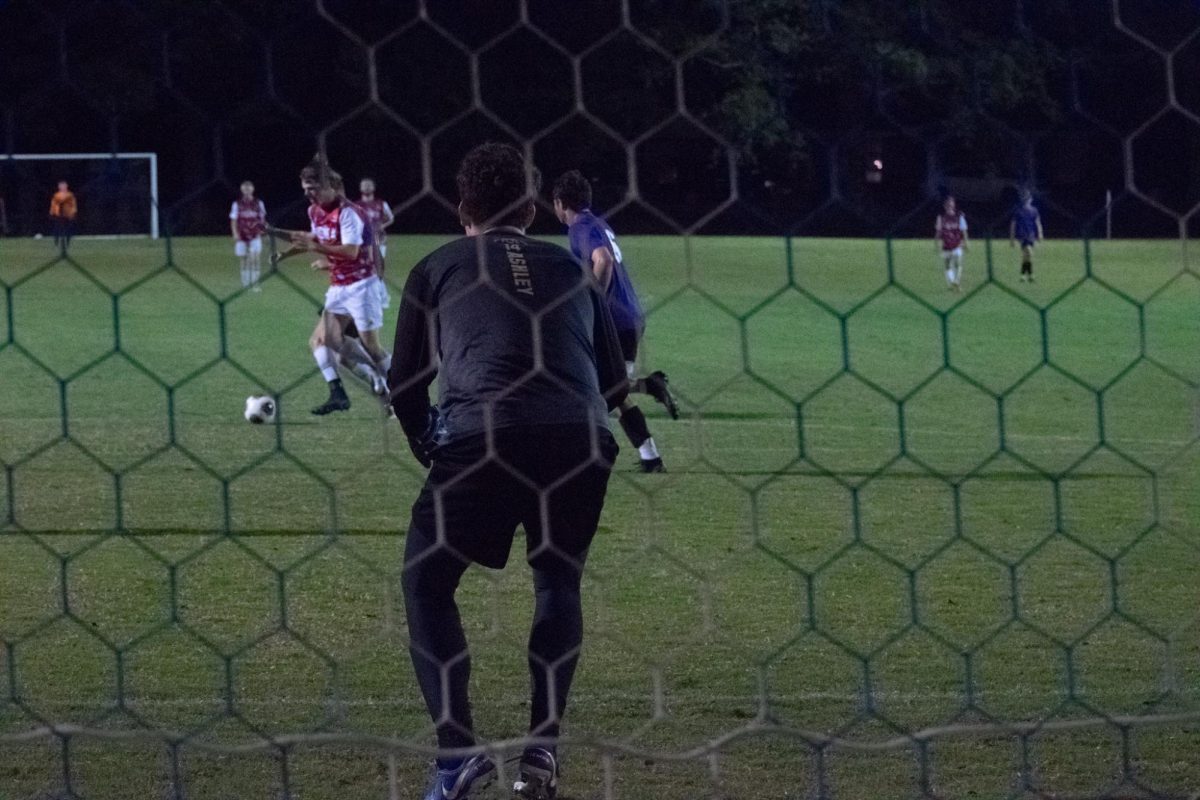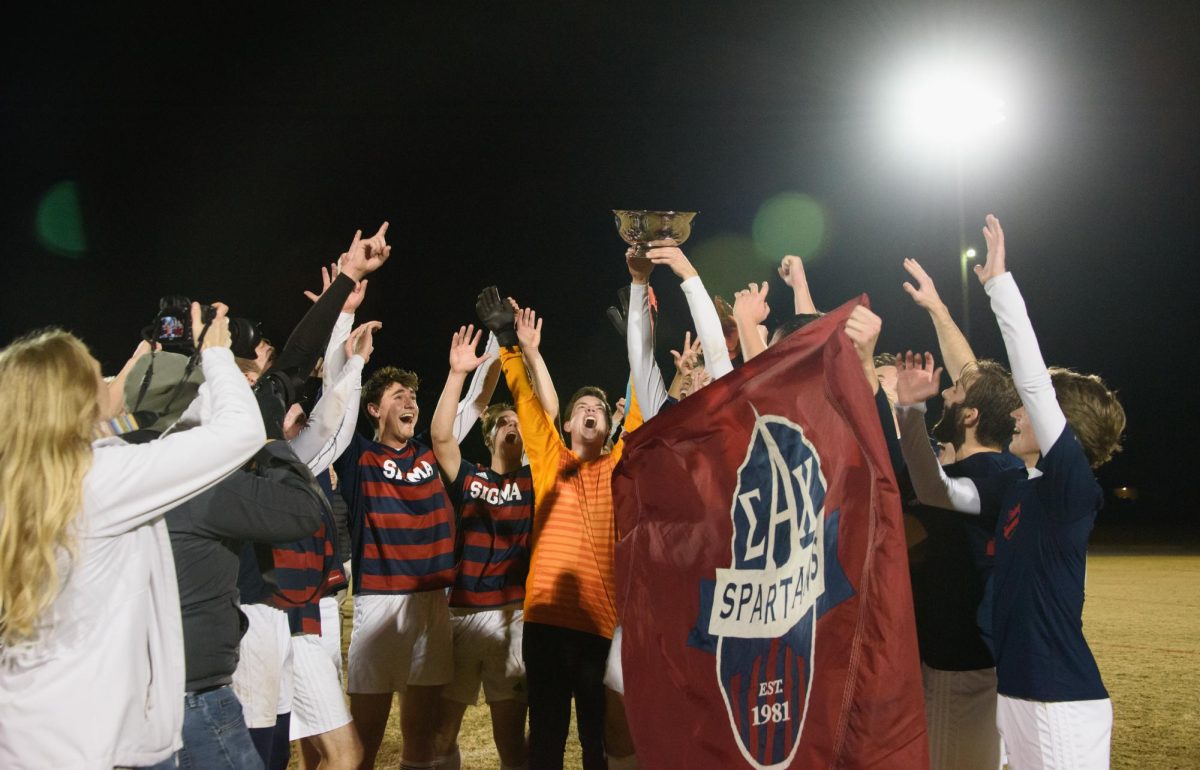Securing almost any job in the modern world requires a good resumé. While most college students do not yet have a lot of work experience, college is an opportune time to begin building a resumé.
To meet that need Career Services has held a series of resumé workshops. These sessions helped students hone their resumé into the precise tool needed to get their desired job.
The experts from Career Services recommend creating a digital resumé with email and LinkedIn hyperlinked to the document. They also emphasized visual apeal as a key ingrediant to the ideal resumé, something that leads the eye.
Dr. Blake Spence, head of the journalism and mass communication department and professor of business writing, said, “[A resumé] is a selected history that maximizes the potential for a perspective employer to be interested in you.”
Dr. Ray St John, a writing professor in the English and JMC departments, said a resumé should not include every detail of your work and academic history, as inclusion of information irrelevant to the position will dissuade employers from the resumé.
While many create resumés primarily catered toward themselves, St. John encourages applicants to focus on the company they are applying to. Consequently, St. John recommended job-seekers avoid using one “bulk resumé” that they submit to many different companies and instead use slightly different resumés fitted to the companies to which they are being sent.
St. John shared strategies for writing a resume for the modern recruiter. “These days, companies will often scan the resumés,” St John said. For this, he suggests applicants look for key words in the job offer and include those words in the resume.
Regarding word choice, it is also good practice to use past-tense action verbs, like achieved, improved, managed or created. According to career expert Alison Doyle, applicants should avoid using self-congratulatory clichés like “go-getter,” “think outside the box” or “team player.”
St. John recommends to resumé writers that they avoid leaving any kind of mistake, since even small mistakes in a formal document are seen as significant warning signs by employers.
According to Forbes media, many recruiters only read or pay attention to the beginning of resumés. So it’s important to include a well-thought-out introductory paragraph that summarizes the applicant’s most important skills and experience.
Applicants should obviously include their name, mailing address, phone number and a professional email address as contact information.
Because many recruiters spend a short time reviewing the resume (6.25 seconds average, according to one recent study) it is important to ensure that the layout and style of a resume is visually pleasing and neat rather than jumbled and confusing.
Highlighting key words or phrases in bold and separating specific sections with lines or boxes are other valuable stylistic tips.
Several resume templates and examples can be found through online searches, and both Spence and St. John recommend looking at some of these. Spence suggests that not relying heavily on any one template but using multiple examples as guidelines to create a resumé specifically fitted to you.
Spence also suggested seeking multiple opinions from peers, teachers and professionals.
For further assistance in creating a resumé students can contact Career Services on the second level of the Alumni Building.
Spence pointed students back to Career Services for futher help “The Career Services people are the best local experts at resumé writing,” he said.
Career services is open 9 a.m. through 4 p.m. Monday through Friday and can be contacted by email.


